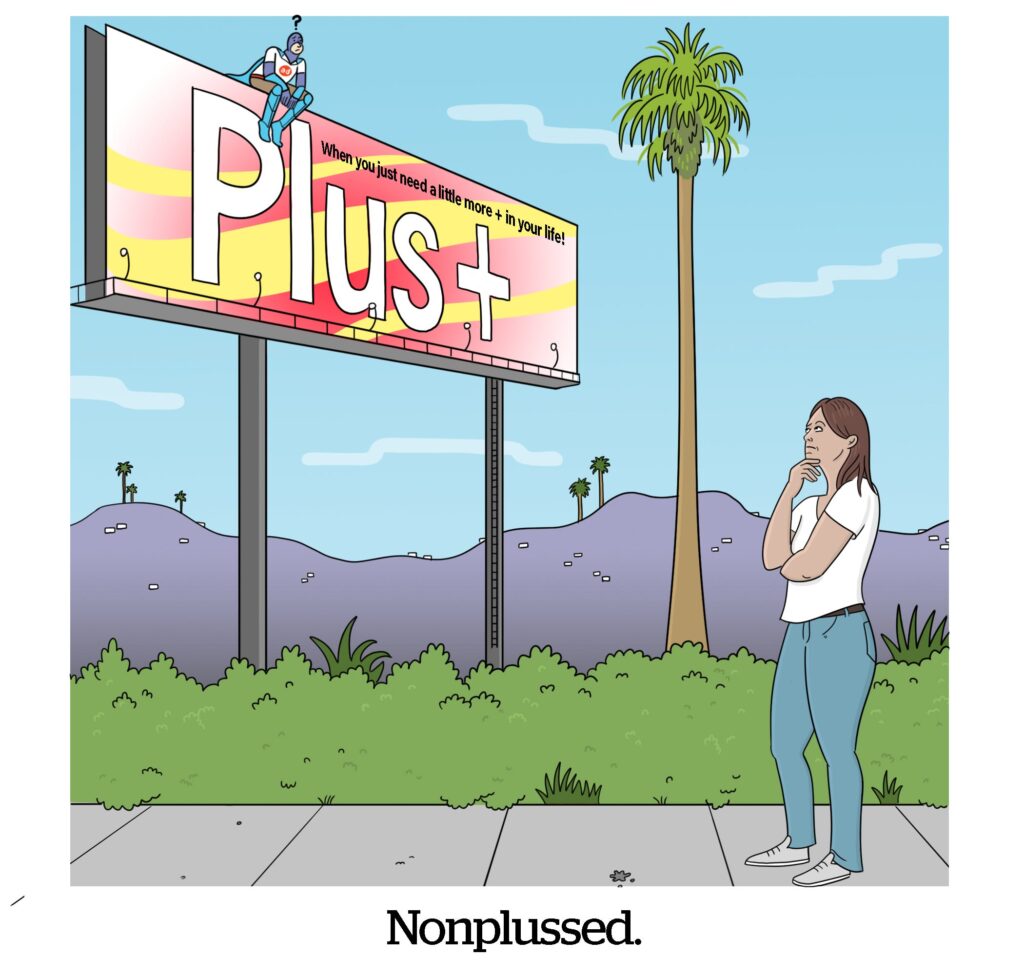Lauren Freedman drew on her annual surveys of 100 online merchants to write “It’s Just Shopping,” a how-to primer on e-commerce, published by the Direct Marketing Association. Freedman is president of the e-tailing group, a consultancy based in Chicago that specializes in online strategy and merchandising.
DIRECT: In “It’s Just Shopping,” you write about the importance of good online merchandising. What element of merchandising is missing on the Web?
FREEDMAN: I’d say that the Web is browser-challenged. We haven’t yet accomplished the ability for the shopper to browse and look around in an online shop. It’s great for someone who knows what they want, say, a ticket to go from New York to Miami tomorrow, but I don’t think it entices the shopper nearly as well — because it’s hard to get romanced by a shop the size of your laptop. Merchants face the challenge of getting people to browse around and be tempted by new items.
DIRECT: How can merchants make their Web sites more browser-friendly?
FREEDMAN: E-mail works well to show brands and products the shopper is interested in. HTML e-mail is a great tool for this. Other things that help with temptation are upsells and cross-sells. I think merchants have done a much better job of using these in the last year. For instance, if you bought pants, then you are shown three shirts that might go with it.
DIRECT: You’re shown the shirts by e-mail?
FREEDMAN: No, right on the product page. You’re on an apparel site and after you’ve selected a pair of khaki pants, then you see other items on the right-hand side of the screen — a paisley shirt, a pale green one and a floral. Upsell is done well by Office Depot, which might push a box of standard white paper as the customer heads for the virtual checkout, for instance. Some companies do it with related products, others do it with general upsell.
DIRECT: Does this really encourage browsing?
FREEDMAN: Not necessarily, but it does increase the average order.
DIRECT: What else works well?
FREEDMAN: Live chat, which is the ability to speak to the customer either over the telephone, via e-mail or through push-to-talk technology on the Web site, which can be very effective just before the customer completes a purchase. Live chat is in its infancy, but it’s a great customer service tool. For example, the customer is on 1-800-Flowers and just has a couple of questions before they buy: ‘I wonder how many flowers come in this bouquet?’ or ‘How long before my order is shipped?’ It’s a good idea because it’s an immediate answer for the customer.
DIRECT: How many Web sites actually have the feature?
FREEDMAN: Among the e-tailing 100 merchants we found that 23 had the capability, but when we tested them, only 19 were in working order. There were several big-name company Web sites on which it didn’t work.
DIRECT: Who does Live Chat well?
FREEDMAN: The gift company RedEnvelope said half their queries are from live chat. It makes sense that an upscale customer, such as those who shop at RedEnvelope, is used to being led by the hand in a retail environment, and would expect and respond well to live chat online. My sense anecdotally is that when customers get an answer and it’s satisfactory, they placed the order.
DIRECT: Is speed part of good merchandising online?
FREEDMAN: It’s the first thing people think of: Who does it fast? Some 40% to 50% of orders online are coming through a quick-shop tool. The way it works is, I’m flipping through an offline catalog and see this great Eileen Fisher outfit, and I go to the Web site, type in the SKU number, a picture of the outfit comes up and I order it. Customers being able to order online really fast after browsing at their leisure in the catalog is the ultimate in shopper efficiency.
DIRECT: Sounds like a way to train people to use the Web.
FREEDMAN: Norm Thompson, for example, has an older customer who is comfortable using the catalog. So, when they use quick shop online, it doesn’t require much change in their behavior. It eases them into the online shopping experience. They’re already used to giving the catalog item number over the telephone.
DIRECT: Speaking of speed, how important is Amazon.com’s one-click ordering?
FREEDMAN: Critical. As a shopper, it takes an average of 10 minutes to make a purchase online, and about half of that is filling out the shipping and payment information. Customers should be spending that time shopping instead. Thirty-eight percent of the sites we surveyed had a one-click setting. It’s a top goal of the remainder who don’t have it.
 Network
Network

